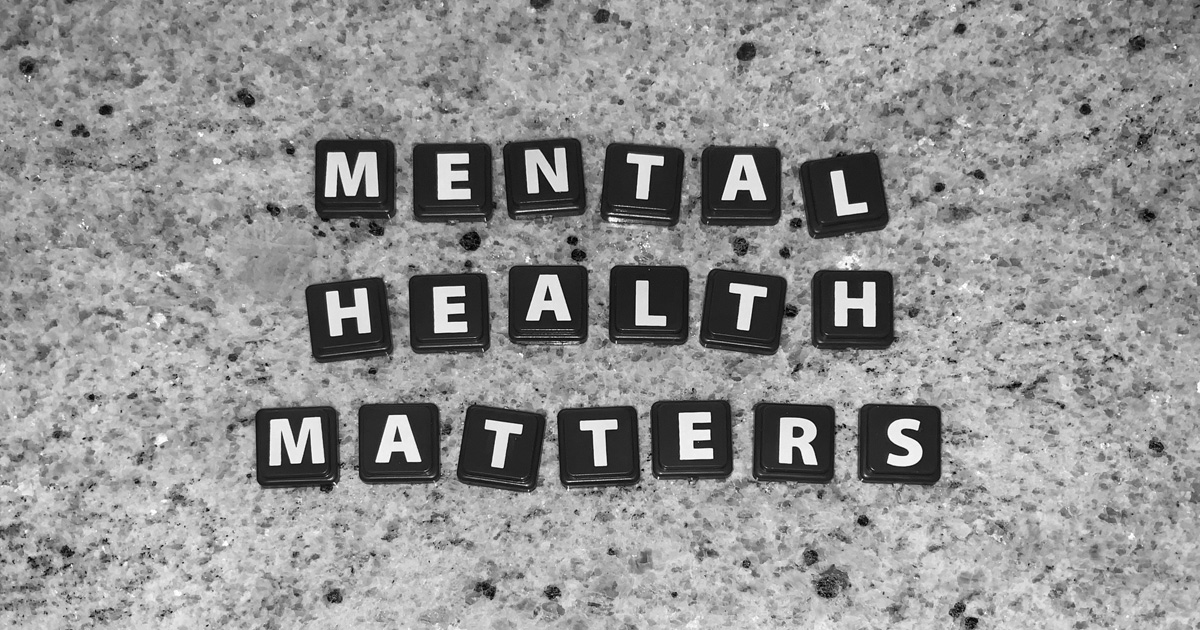
Your Overall Health Matters in Defense against COVID-19
“We are all faced with a series of great opportunities brilliantly disguised as impossible situations”. -Charles R. Swindoll
The COVID-19 Data Unfolds
Despite the novelty of the SARS-CoV-2 virus, many of the complications that arise from COVID-19 are far from novel. As data unfolds, it is apparent that many of the challenges faced during this crisis are related to problems that pre-existed the current pandemic. When looking at complicated COVID-19 cases (those requiring hospitalization or leading to death) it is evident that many of the causative factors are due to our overall health, lifestyle disease, and environmental conditions which have long preceded the virus (1,2,3).
Research On COVID-19 Data
Research on the COVID-19 outbreak has demonstrated:
- As of May 2nd, 91.5% of hospitalized patients in the US have at least one chronic disease (2)
- 50% of adults hospitalized were classified as obese
- 59% of adults hospitalized had hypertension
- 41.5% of adults hospitalized had the metabolic disease (type 2 diabetes)
An Investigation Into the Outbreak
- Similarly, data from Italy demonstrated that nearly 50% of deaths related to COVID-19 occurred in individuals who had three or more chronic diseases, and only .8% of deaths were individuals with no underlying disease (3).
- Being overweight or obese induces a chronic low-grade inflammatory state, which complicates infectious diseases like COVID-19 by inducing an over-response of the immune system (AKA cytokine storm) leading to respiratory damage and failure (4). Additionally, low-grade chronic inflammation is an underlying cause of many chronic diseases including, but not limited to, heart disease, diabetes, cancer, and autoimmunity (5, 6).
- Additionally, obesity has been shown to interfere with the immune system’s memory cell (CD8+ T cells), which are imperative to induce and maintain vaccine immunity. Therefore, being overweight or obese can interfere with vaccine efficacy (4).
- According to a Harvard study on air particulate matter (PM2.5), long term exposure to air pollution is associated with an increased death rate to COVID-19. These findings are consistent with research that demonstrated in 2017, that 4.6 premature deaths are caused by disease and illnesses directly related to poor air quality (7).
- NASA satellites observed significant reductions in nitrogen dioxide (NO2) concentrations following the global shut down – CO2 emissions, another familiar tracer of air pollution, also saw a notable decrease; 25% in China and 6% globally in under 2 months’ time (8).
Optimizing Our Overall Health
Chronic, non-communicable diseases such as heart disease, hypertension, diabetes type 1&2, kidney disease, cancer, etc. have riddled American’s health over the last several decades. They account for 90% of the approximately 3.8 trillion dollars of annual healthcare expenditure (9) and were responsible for 70% of deaths in the US in 2017 (10). Historically, such conditions were rare or even unheard of, and most were not responsible for the leading cause of death in the US merely 100 years ago (1). These conditions are inherently linked to the environment and lifestyle we have become accustomed to as a developed nation.
In the editorial “Not a Perfect Storm”, published in the New England Journal of Medicine by two medical historians at Harvard University, eloquently encourage that we reframe our perspectives around this pandemic. Overall, they note that condoning “notions of randomness and volatility” rather than recognizing repeated emergence of new infections (Zika, MERs, SARs, H1n1, etc) or a resurgence of old infections (measles), “underscores the reality that global epidemics should be expected… Outbreaks of zoonotic diseases are not discrete events: they reflect complex ecosystem changes that are largely driven by human behavior…”
In summary, public health infrastructure will need to strengthen and systemically change to optimize the collective health of humans as we move forward, but caution that if we don’t step out of our mindset of disempowerment, it will be difficult to move beyond the mere call of action and truly ignite the implementation of change (11).
Although heavy, these insights are incredibly important because they shed light on our individual control over our wellbeing today, and for years to come. Furthermore, they help redirect our awareness of the innate interconnectedness between environment and human health, which encourages social responsibility toward conservation, waste reduction, and conscious consumerism.
Valley Schools Supports the Overall Health of Our Members
Check out the Institute for Functional Medicine (IFM) for a comprehensive review of lifestyle practices to strengthen overall health and defense.
Valley Schools is dedicated to bringing our members and clients current, relevant health and wellness information. Contact us today to explore how Valley Schools can help your employees get and stay healthy!
References:
- Jones, D. S., Podolsky, S. H., & Greene, J. A. (2012). The burden of disease and the changing task of medicine. New England Journal of Medicine, 366(25), 2333-2338.
- Centers for Disease Control (2020). Coronavirus disease 2019. Retrieved from https://www.cdc.gov/coronavirus/2019-ncov/covid-data/covidview/index.html
- Onder, G., Rezza, G., & Brusaferro, S. (2020). Case-fatality rate and characteristics of patients dying in relation to COVID-19 in Italy. Jama.
- Muscogiuri, G., Pugliese, G., Barrea, L., Savastano, S., & Colao, A. (2020). Obesity: the “Achilles heel” for COVID-19?. Metabolism-Clinical and Experimental.
- Libby, P. (2007). Inflammatory mechanisms: the molecular basis of inflammation and disease. Nutrition reviews, 65(suppl_3), S140-S146.
- Ferrucci, L., & Fabbri, E. (2018). Inflammageing: chronic inflammation in aging, cardiovascular disease, and frailty. Nature Reviews Cardiology, 15(9), 505-522.
- Wu, X., Nethery, R. C., Sabath, B. M., Braun, D., & Dominici, F. (2020). Exposure to air pollution and COVID-19 mortality in the United States. medRxiv.
- Dutheil, F., Baker, J. S., & Navel, V. (2020). COVID-19 as a factor influencing air pollution?. Environmental Pollution (Barking, Essex: 1987).
- Centers for Disease Control (2020). Health and economic cost of chronic disease.
- Raghupathi, W., & Raghupathi, V. (2018). An empirical study of chronic diseases in the United States: a visual analytics approach to public health. International journal of environmental research and public health, 15(3), 431.
- Brandt, A. M., & Botelho, A. (2020). Not a Perfect Storm—Covid-19 and the Importance of Language. New England Journal of Medicine, 382(16), 1493-1495.



